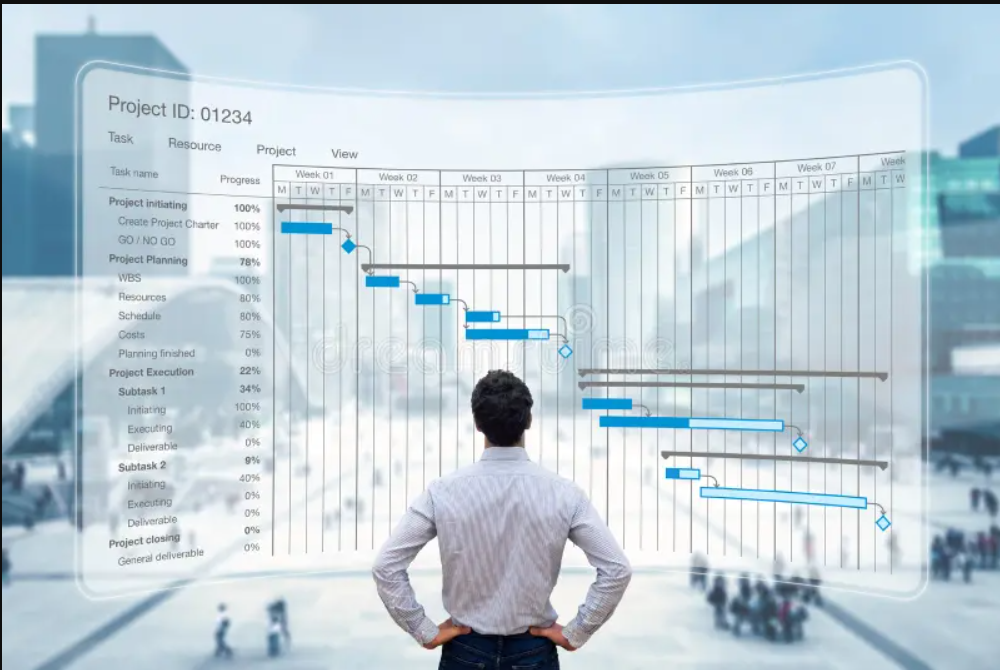In the dynamic world of project management, where timelines, dependencies, and resource allocation play a crucial role, Gantt charts emerge as a powerful tool. These visual representations provide project managers, teams, and stakeholders with a clear overview of project tasks, schedules, and progress. Let’s explore the benefits of Gantt charts and why they are an integral part of successful project planning and execution.
1. Always Know What’s Going On
A Gantt chart provides project managers and team members with a high-level overview of the entire project. It’s like stepping back and seeing the forest instead of focusing on individual trees. With a glance at the chart, you can identify critical milestones, task sequences, and potential bottlenecks. Whether you’re deeply involved in the project or a stakeholder with less participation, a Gantt chart offers a concise summary of project activities and their interrelationships.
2. Easily Communicate the Project Plan
Communication is the lifeblood of effective project management. Gantt charts serve as a common language for project teams. Here’s how they enhance communication:
- Clarity: A well-constructed Gantt chart visually communicates task durations, start dates, and end dates. It eliminates ambiguity and ensures everyone is on the same page.
- Dependencies: By showing task dependencies, a Gantt chart helps team members understand which tasks must be completed before others can begin. It’s like a roadmap for collaboration.
- Prioritization: When multiple tasks are in progress, a Gantt chart guides decisions on what to prioritize. It’s a compass for resource allocation.
3. Efficient Resource Management
Resource allocation is a delicate balancing act. Gantt charts allow project leaders to allocate resources wisely. Here’s how:
- Time Management: By visualizing task durations, project managers can allocate time effectively. They can set realistic schedules and ensure that team members don’t feel overwhelmed.
- Resource Allocation: Assigning the right people to the right tasks is critical. A Gantt chart helps project leaders make informed decisions about resource allocation. It’s like assembling a puzzle with the right pieces in the right places.
- Risk Mitigation: Gantt charts reveal potential constraints or issues. Project leaders can proactively address resource shortages or bottlenecks before they impact the project.
4. Illustrates Overlaps and Dependencies
Project tasks rarely happen in isolation. They often overlap or depend on each other. A Gantt chart clearly communicates these relationships. For example:
- Task B can’t start until Task A is complete.
- Task C and Task D can happen simultaneously.
- Task E must finish before Task F begins.
By visualizing these overlaps and dependencies, project teams can plan more effectively and avoid unnecessary delays.
Conclusion
Gantt charts may not be flashy, but they are an absolutely integral piece of any successful project plan. They provide focused timelines, deadlines, and insights into more complex projects than can ever be gleaned from to-do lists alone. So, whether you’re managing a software development project, a construction site, or an event, remember: a well-constructed Gantt chart is your compass, guiding you toward project success.
Interested in learning more about Gantt charts? Check out this article by PMI.
Interested in taking your project to the next level? Book a consultation with the V42 Management Consulting team to address your project management needs.

